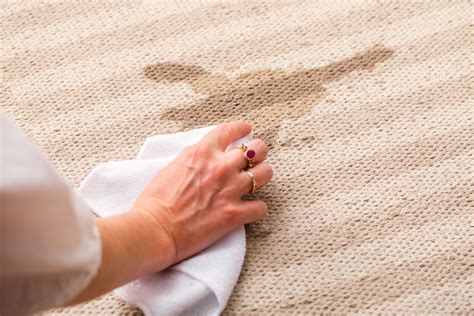Introduction
Dog beds are a haven for our furry friends, but they can also be a magnet for stains. From accidents to muddy paws, stains on dog beds are inevitable. However, with the right techniques and products, you can effectively remove even the toughest stains without damaging the fabric.

Understanding Dog Bed Stains
The type of stain determines the best removal method. Here are some common dog bed stains and their causes:
| Stain Type | Cause |
|---|---|
| Urine | Accidents, incontinence |
| Feces | Diarrhea, accidents |
| Blood | Injuries, cuts |
| Vomit | Motion sickness, stomach upsets |
| Mud | Outdoor play, wet weather |
| Grease | Food spills, chewing toys |
Essential Stain Removal Tools
Before tackling the stain, gather the necessary tools:
- White vinegar
- Hydrogen peroxide
- Baking soda
- Dish soap
- Soft cloths or sponges
- Vacuum cleaner
Step-by-Step Stain Removal Guide
Fresh Stains
- Blot excess liquid: Use a clean cloth or paper towels to absorb as much of the liquid as possible.
-
Treat the stain:
– Urine: Mix equal parts white vinegar and water. Apply to the stain and let sit for 10 minutes. Blot with a clean cloth.
– Feces: Remove solid matter and blot up any liquid. Use a mixture of 1 part dish soap and 5 parts water. Apply to the stain and scrub gently. Rinse with cold water.
– Blood: Apply hydrogen peroxide directly to the stain. Let it bubble for a few minutes. Blot with a clean cloth.
– Vomit: Remove solid matter. Use a mixture of 1 part baking soda and 3 parts water. Sprinkle onto the stain and let sit for 30 minutes. Vacuum up the baking soda.
– Mud: Allow the mud to dry. Brush or vacuum off the dried mud. Treat any remaining stains with a vinegar solution.
– Grease: For fresh grease stains, sprinkle baking soda onto the stain. Let it absorb the grease for several hours. Vacuum up the baking soda and treat any remaining stain with a dish soap solution.
Set-in Stains
- Soak the area: Soak the stained area in a solution of 1 cup white vinegar in 1 gallon of warm water. Let soak for 30 minutes.
- Treat the stain: Use the appropriate stain removal method as outlined above.
- Rinse and dry: Rinse the area thoroughly with cold water. Blot with a dry cloth or sponge. Allow the bed to air dry completely.
Common Mistakes to Avoid
- Don’t use harsh chemicals: Bleach and other harsh chemicals can damage dog bed fabrics.
- Don’t scrub vigorously: Scrubbing can spread the stain and damage the fabric.
- Don’t dry the bed in a dryer: Heat can set stains and damage the fabric.
FAQs
Q: Can I machine wash a dog bed?
A: Yes, many dog beds can be machine washed, but check the care instructions first.
Q: How often should I clean my dog’s bed?
A: Dogs shed and bring in dirt, so it’s recommended to clean the bed every 1-2 weeks.
Q: What should I do if my dog’s bed smells?
A: Sprinkle baking soda on the bed and let it sit for several hours to absorb odors. Vacuum or brush off the baking soda.
Future Trends and Innovations
The future of dog bed stain removal lies in sustainable and innovative solutions:
- Eco-friendly stain removers: Products made with natural, biodegradable ingredients that are safe for pets and the environment.
- Odor-eliminating fabrics: Fabrics that prevent bacteria from growing, reducing odors.
- Stain-resistant coatings: Coatings that repel stains and make cleanup easier.
Conclusion
Dog bed stains are a common problem, but they don’t have to be a hassle. By understanding the types of stains, using the right tools, and following the step-by-step guide, you can effectively remove stains and keep your dog’s bed clean and comfortable. Remember to avoid common mistakes and explore innovative solutions to improve dog bed stain removal in the future.





















